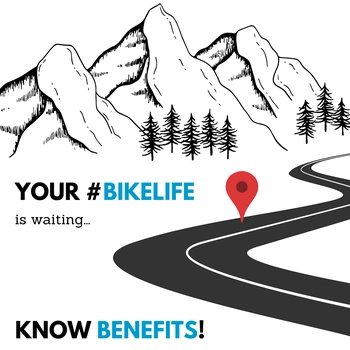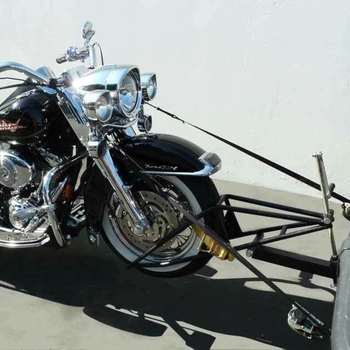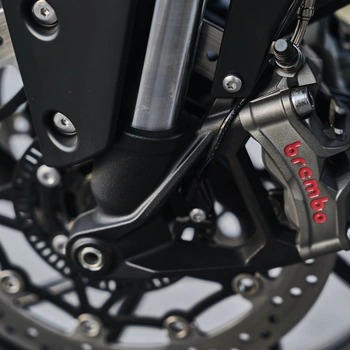
With smoother and wider roads and advancements in the power of bikes, today riding at higher speeds has become the new normal. With such travel speeds and the fast pace of travelling, braking power too needs advancements. What if you are riding at high speed and suddenly an obstacle comes on the way. At that time all you need is a sudden braking and a very short stopping distance. This is where traditional drum brakes were replaced with disc brakes.
Now, even the majority of the scooter’s front wheel comes with disc brakes. Studies suggest that for controlling the speed, the front wheels are 70 per cent more effective than rear wheels. It is not that disc brakes have all the advantages over drum brakes. There are certain advantages of drum brakes as well and the choice of the braking system depends on the rider.
Basic understanding of drum brakes and disc brakes
Drum Brakes
Drum brakes system assembly contains brake shoes, springs, brake cable, brake arm, brake panel and brake drum. It works on creating friction between the rotating cylindrical part, brake and brake shoes that press outwards.
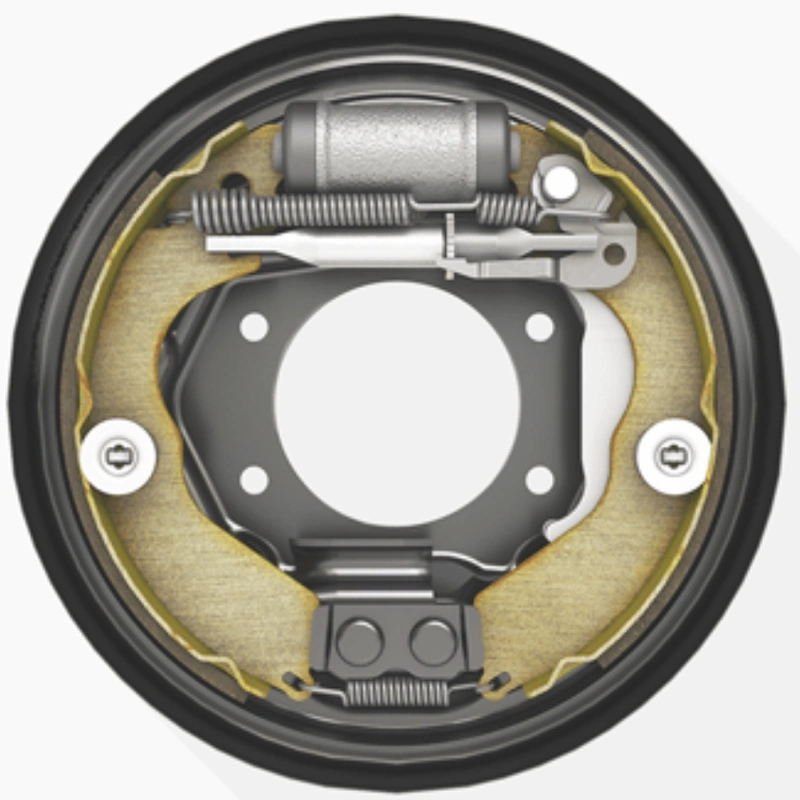
Disc Brakes
The disc braking system consists of a disc, caliper and a pair of brake pads. In the basic designing of the disc brake system of a bike or scooter, the disc or rotor is fitted on the outer side of the wheel with brake pads on either side of the disc. The whole system is connected with a thick fluid line and the viscous fluid is known as the “brake oil”. The brake oil comes from the oil reservoir which is connected to the pump, the brake lever.

To stop the bike or scooter, the brake lever is pulled. This pulling forces the oil towards the calipers which in turn applies the pressure on the pads creating friction with the disc. This friction slows down the rotational speed and the vehicle either slows down or gets stopped. Now, the grip or pressure of the caliper on the disc depends on the size of the pads and available area of contact between the pads and the disc. The stopping power depends on the bite of the disc brake.
To increase the stopping power, there is a need for larger pads or an increase in the contact area. This is why many superbikes have dual discs or large discs at the front wheel. These superbikes have “four pot” calipers. Pots are pistons working under the hydraulic pressure of the brake fluid, the brake oil.
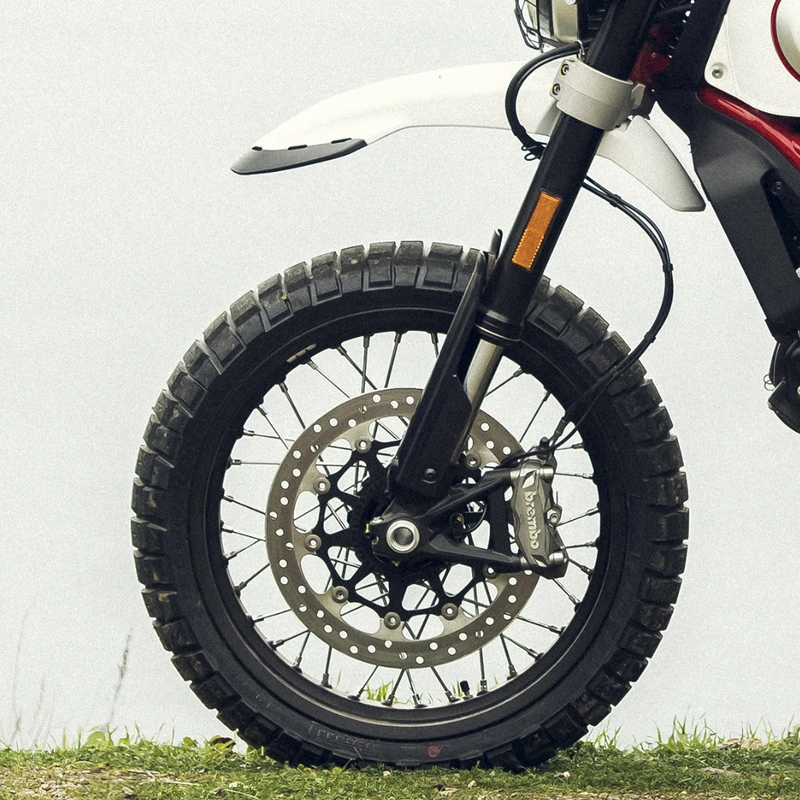
A four pot caliper actually has four pistons which result in a bigger brake pad. So, when the brake is applied, all the hydraulic pressure from the brake fluid is distributed between the four pistons. Now even light pressure on the brake lever will be enough to stop the bike. In case of a single piston, irrespective of how hard the brake lever is pressed, the braking force remains the same.
Drum Brakes vs Disc Brakes: advantages and disadvantages
Stopping Power: Compared to drum brakes, disc brakes offer higher stopping power as discussed in the earlier part of the blog. By adding multiple or bigger pots, the bite of the disc brakes can be increased which is not possible with drum brakes.
Heat Dissipation: When the vehicle gets hot, braking force in drum brakes becomes less effective as the brake shoe starts producing more heat due to friction. No such scenario happens in disc brakes and the braking power remains unaffected by heat. Also, the disc brakes are fitted on the outer of the wheel, hence it cold down pretty much faster than drum brakes that are fitted in the inside the wheel.
Effect of rain or wet surfaces: When the wheel gets completely wet, the effectiveness of the hold between the brake shoe and the lining in drum brakes is reduced. While there is no such effect on the stopping power of disc brakes.
Wheel damage: Shoes in the drum brake system are connected to the spring which causes wheel friction. Over time with overheating and friction, the wheel gradually gets damages. This is not the case with disc brakes.
Maintenance: The drum brakes need more maintenance than disc brakes. When dust gets accumulated, the entire wheel needs to be removed for cleaning. Also, there are a number of small parts in drum brakes that need timely maintenance. In disk brakes, all you need is sandpaper to clean the pads and the disc.
Spares parts affordability: Changing brake pads or the disc itself is not that expensive and is quite affordable. But if something goes wrong with drum brakes, there are high chances of damage to the wheel. Changing the wheel is an expensive affair in the long run.
Rotor overheating: Due to the intense heating, there are chances of stress cracks damage to the rotor. Overheating causes the rotor to warp. A warped rotor causes damage to other parts of the disc brake system and reduces the efficiency of the brakes.
Brake pad problems due to heavy braking: Overheating of disc brake pads due to emergency braking or applying continuous brakes on an inclination can cause the pads to become slippery. In this state, the force to grab the rotor reduces which severely reduces the stopping or braking power
Brake failure: Sometimes, the brake fluid loses its compression property due to excessive heating of the pads, caliper or rotor. This overheating causes the brake fluid to overheat due to heat flow from the piston to the brake fluid. This can drastically reduce the braking power. Once damage to the fluid line can immediately cause the brakes to fail.
Wheel lockup: In non-ABS bikes, during panic braking, wheels can become locked up and skid resulting in an accident.

